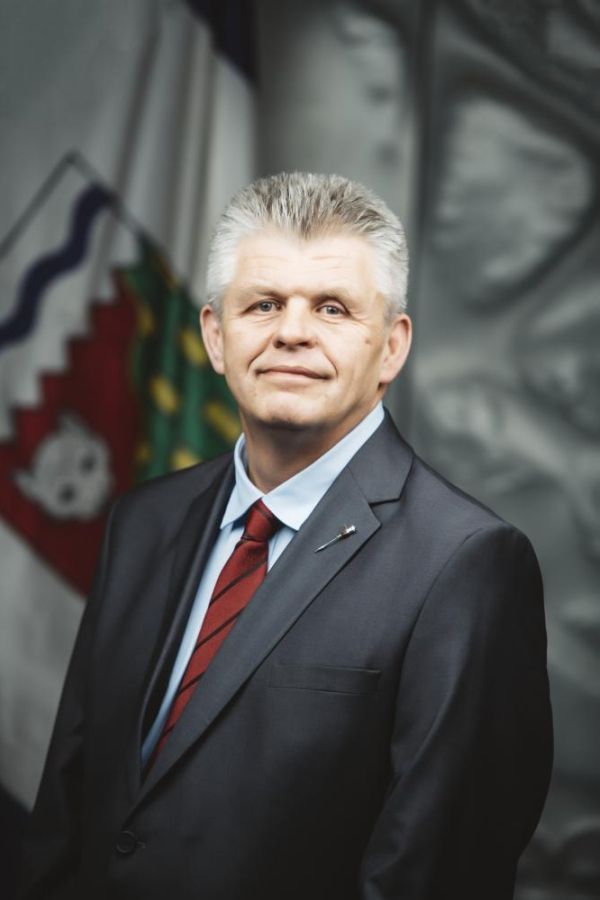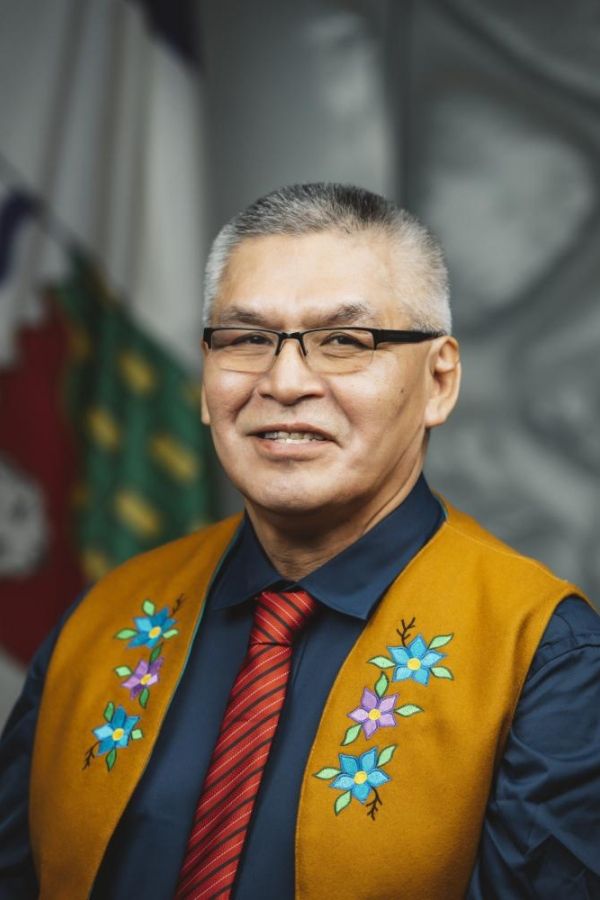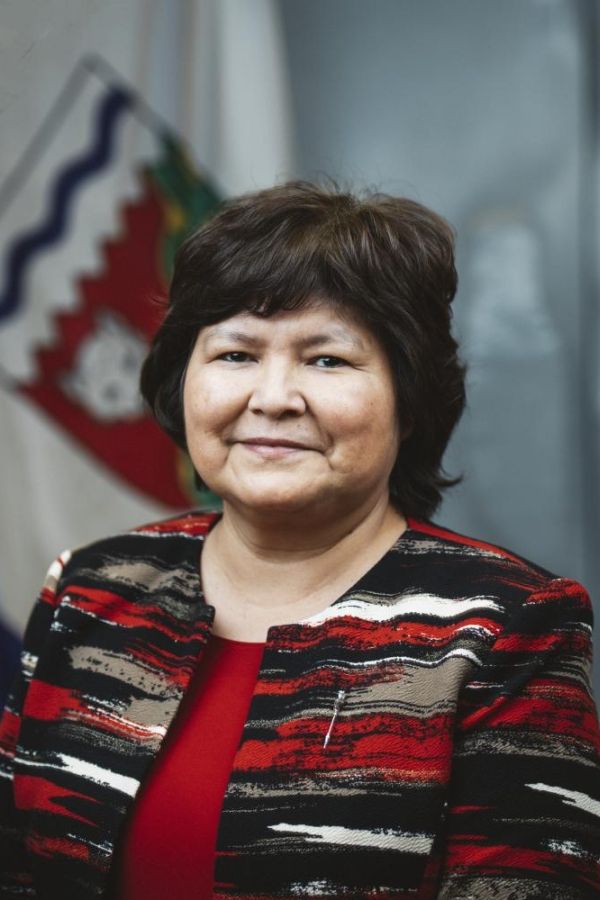Debates of October 22, 2024 (day 31)
Minister’s Statement 66-20(1): Cost of Energey in the Northwest Territories

Mr. Speaker, the high cost of energy remains one of the greatest challenges for residents and businesses across the Northwest Territories. The realities of our northern environment only amplify these burdens. However, the GNWT is committed to alleviating these pressures through immediate relief and sustainable long-term solutions, paving the way for a more stable and affordable future for all Northerners. As we approach winter many communities, especially in our northernmost regions, face significant financial difficulties in heating their homes and paying their electricity bills. Most residents have little choice but to rely on fossil fuels, which are expensive and have security issues such as price volatility and supply chain disruptions, adding to their financial burden during the coldest months of the year.
The NWT's energy systems are uniquely challenging. Our remoteness, low population density, harsh winters, and limited interconnectivity contribute to high energy costs. In recent years, these costs have been exacerbated by inflation, energy price volatility, and the impacts of climate change. Northwest Territories residents pay the highest electricity rates in Canada, ranging from 25 to 34 cents per kilowatt-hour, which is two to three times more than the national average of 12.9 cents per kilowatt-hour. The cost of gasoline and diesel has also sharply increased, particularly in remote communities, where it is often higher than what the rest of Canada experiences. Many Northerners have shared with me that with this rising cost, living is becoming unsustainable.
Mr. Speaker, I want to explain the steps the GNWT is taking to stabilize energy costs for Northerners and help address this alarming trend. In the past year, the GNWT and its partners spent $31.7 million to advance the Energy Strategy's vision of providing secure, affordable, and sustainable energy for Northerners. Affordability is a key driver of the initiatives under the Energy Strategy.
Energy efficiency plays a major role in affordability. The GNWT funds the Arctic Energy Alliance, helping residents improve their energy efficiency, adopt more cost-effective technologies, and combat energy poverty. In 2023-2024, the GNWT provided $6.5 million for these programs, resulting in over 3,000 rebates that helped Northerners reduce heating oil consumption by 365,000 liters annually. This equates to more than $500,000 in savings for residents across the NWT each year. The majority of these rebates are distributed outside of Yellowknife, particularly in the Beaufort Delta and Sahtu regions, areas that have been impacted the most in recent years due to climate related resupply challenges.
Our aging energy infrastructure is increasingly inadequate to meet the needs of residents and businesses. To address this, the GNWT is advancing several projects to ensure a reliable and affordable energy supply for years to come. For example, transmission line projects continue to be advanced to connect Fort Providence, Kakisa, and Whati to existing hydropower resources, moving these communities away from fossil fuel-based generation and the cost volatility that comes with it. In Inuvik, the recently commissioned wind turbine will displace up to three million liters of diesel each year, helping to stabilize electricity rates. Additionally, the $4 million fast-charging station corridor being developed around Great Slave Lake will allow Northerners to travel between hydro electric-powered communities using electric vehicles, which are significantly cheaper to operate than traditional cars.
Mr. Speaker, the GNWT is actively supporting residents facing high energy costs or at risk of energy poverty through programs like the territorial power support program, the GNWT rate equalization program, and the senior home heating subsidy. These three programs collectively provided $10.4 million in direct subsidies to residents in 2023-2024.
The government also supports electricity rates by paying up to 20 percent more for its electricity bill than residents do, a contribution that amounted to $6.9 million last year. Additionally, these one-time subsidies have been provided, such as the $30 million in the 2024 budget, to help the Northwest Territories Power Corporation purchase fuel during a time of low water levels, costs that would otherwise have been recovered from ratepayers. Despite these efforts, energy affordability remains an ongoing issue in the Northwest Territories. The $47 million spent in 2023-2024 helped to alleviate the pressure of rising energy prices, but it is clear that further action is needed. Even with substantial financial support, rate adjustments will be required to maintain system sustainability. Our energy supply and infrastructure are under pressure from factors such as inflation, energy price volatility, and climate change. That is why I have asked the Department of Infrastructure to develop a renewed approach to energy in the NWT, to be released by the end of 2025-2026. This approach will focus on addressing our energy infrastructure deficit, improving energy affordability, reducing exposure to volatile markets, increasing local energy production, and positioning the NWT as a prime location for resource extraction investment. The new strategy will aim for a net-zero emissions energy system by 2050, delivering long-term benefits for all Northerners.
One of the most promising projects on the horizon is the Taltson Hydro Expansion project, which will increase energy security by interconnecting grids and extending hydroelectric power to industry. The combined grids will provide drought resilience using multiple watersheds with greater hydro capacity and reduce the need to rely on diesel generation during periods of low water on the Snare River system. It will also help meet the growing demand for electrified loads such as electric vehicles. It is expected to reduce emissions, stabilize electricity rates, and provide a more reliable and sustainable energy future for the Northwest Territories. Significant progress has been made on the Taltson expansion, including the selection of a preferred transmission alignment, examination of construction access routes, the completion of a business case, and work on defining commercial aspects of the project. We will continue to collaborate with Indigenous partners to define and support a resolution of legacy issues arising from the construction of the original Taltson facility, finalize the transmission alignment, conduct environmental assessments, and secure federal funding for construction. Indigenous engagement remains a priority throughout this process, ensuring that their knowledge and perspectives are incorporated to minimize the impacts of this project.
In conclusion, Mr. Speaker, the high cost of energy in the Northwest Territories is a significant burden on residents and businesses, especially in our most remote communities. The GNWT is taking steps to mitigate this burden through a variety of short and long-term initiatives, from energy efficiency programs and direct subsidies, to major infrastructure projects like the Taltson Hydro Expansion. By addressing energy infrastructure deficits, reducing reliance on volatile markets, and increasing the use of locally-produced energy, the GNWT is working to secure a sustainable, reliable, and affordable energy future for Northerners. Thank you, Mr. Speaker.
Thank you, Minister of Infrastructure. Ministers' statements. Minister for Housing NWT.


















